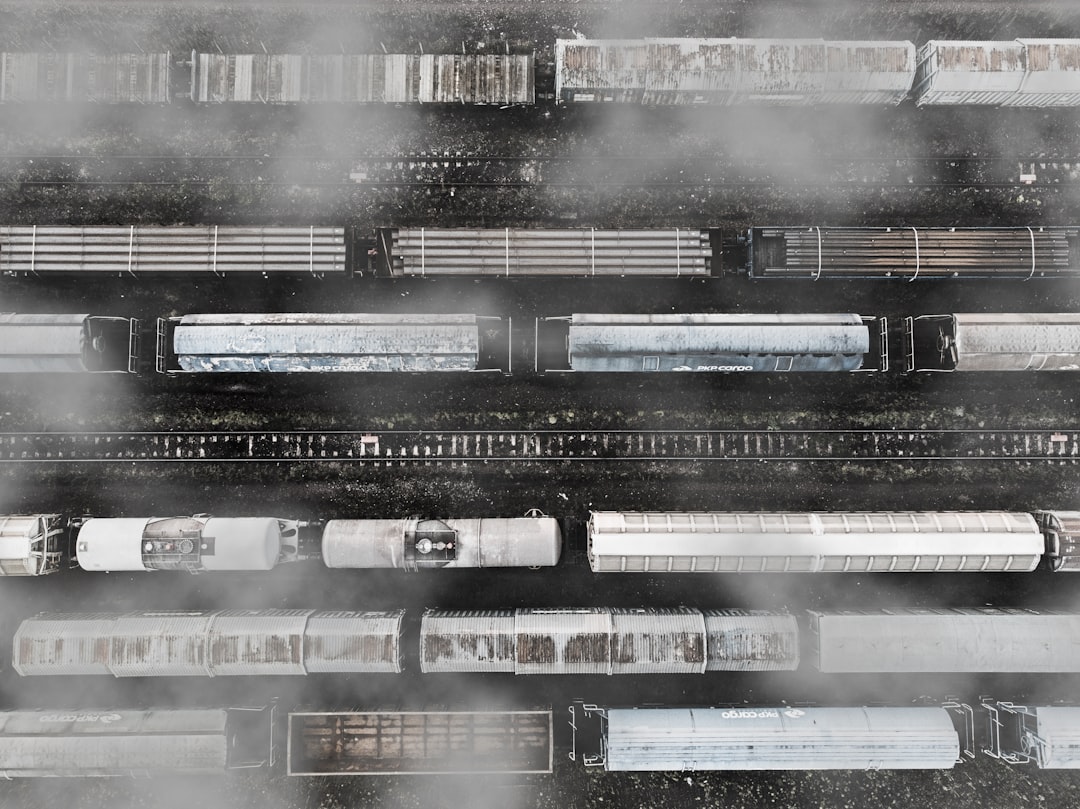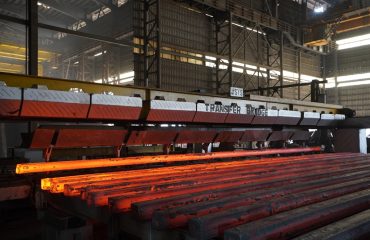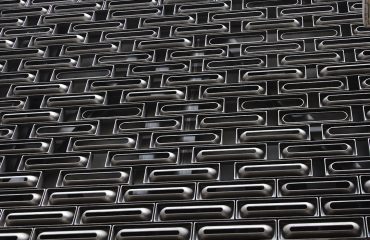body {
font-family: sans-serif;
line-height: 1.6;
}
h1, h2, h3 {
color: #333;
}
h1 {
font-size: 2.5em;
}
h2 {
font-size: 2em;
}
h3 {
font-size: 1.5em;
}
The European Union’s CE marking is not just a logo; it’s a passport to the vast European market for steel products. This comprehensive guide will unravel the intricacies of CE certification for steel, ensuring your products meet the stringent requirements and gain access to this lucrative market.
Understanding the CE Marking for Steel Products
The CE marking, short for “Conformité Européenne,” signifies that a product conforms to all applicable EU directives and regulations. For steel, this means demonstrating compliance with various directives, primarily those related to safety, health, and environmental protection. It’s not a quality mark in itself, but a confirmation of adherence to essential safety requirements. Obtaining CE marking is mandatory for many steel products before they can be legally sold within the European Economic Area (EEA).
Key Directives Relevant to Steel CE Certification
Several directives impact steel products, depending on their intended use. These include:
- Construction Products Regulation (CPR): This is crucial for steel used in construction, encompassing structural steel, reinforcement bars, and other components. It mandates the use of harmonized European standards (EN standards) and requires manufacturers to declare the performance characteristics of their products through a Declaration of Performance (DoP).
- Machinery Directive: Relevant for steel components used in machinery, this directive focuses on the safety of the machinery itself. Steel parts must contribute to the overall safety of the machine.
- Pressure Equipment Directive (PED): Applies to steel used in pressure vessels and pipelines, demanding rigorous testing and certification to ensure they can withstand pressure safely.
- Low Voltage Directive (LVD): Concerns steel components in electrical equipment, focusing on safety aspects related to electrical hazards.
- Electromagnetic Compatibility (EMC) Directive: Applies to steel products that may emit or be susceptible to electromagnetic interference, requiring measures to ensure compatibility with other equipment.
The specific directives applicable depend entirely on the final use of the steel product. It is crucial to correctly identify the relevant directives to ensure full compliance.
The CE Certification Process: A Step-by-Step Guide
The CE certification process generally involves these steps:
- Identify Applicable Directives and Standards: Determine which EU directives and harmonized EN standards apply to your steel product.
- Design and Manufacturing: Ensure your design and manufacturing processes comply with the identified standards. This often involves rigorous quality control procedures.
- Testing and Verification: Conduct necessary testing to verify that your product meets the essential requirements. This might involve material testing, mechanical testing, and other relevant assessments. Notified Bodies (NBs) often play a crucial role in this stage.
- Declaration of Conformity (DoC): Prepare a DoC, a formal declaration stating that your product conforms to the relevant directives and standards. This is a crucial legal document.
- CE Marking: Affix the CE marking to the product, accompanied by the manufacturer’s identification and other required information.
- Technical File: Maintain a detailed technical file documenting the entire certification process, including test results, design specifications, and other relevant information. This file should be readily available for inspection by authorities.
Role of Notified Bodies (NBs) in Steel CE Certification
Notified Bodies are independent organizations designated by EU member states to assess the conformity of products to relevant directives. For complex steel products or those requiring stringent safety assessments, the involvement of an NB is often mandatory. NBs conduct audits, inspections, and testing to verify compliance. Their involvement adds credibility and assurance to the CE marking.
Choosing a reputable NB is critical. Their expertise and impartiality ensure a thorough assessment and minimize the risk of non-compliance.
Benefits of CE Certification for Steel Products
Obtaining CE certification offers numerous advantages:
- Access to the European Market: The most significant benefit is the ability to legally sell your steel products within the EEA.
- Enhanced Credibility and Trust: The CE marking builds consumer confidence and demonstrates your commitment to safety and quality.
- Competitive Advantage: CE certification gives you a competitive edge over manufacturers who haven’t obtained it.
- Reduced Legal Risks: Compliance with EU regulations minimizes the risk of legal penalties and product recalls.
- Improved Brand Reputation: CE certification enhances your brand’s image and reputation for quality and safety.
Navigating the CE certification process for steel products can be complex, but understanding the requirements and engaging with qualified professionals can ensure a smooth and successful journey. Remember to consult the relevant directives and standards for your specific product and seek expert advice when needed.
Tags: CE marking, steel certification, EU regulations, construction products regulation, notified bodies




